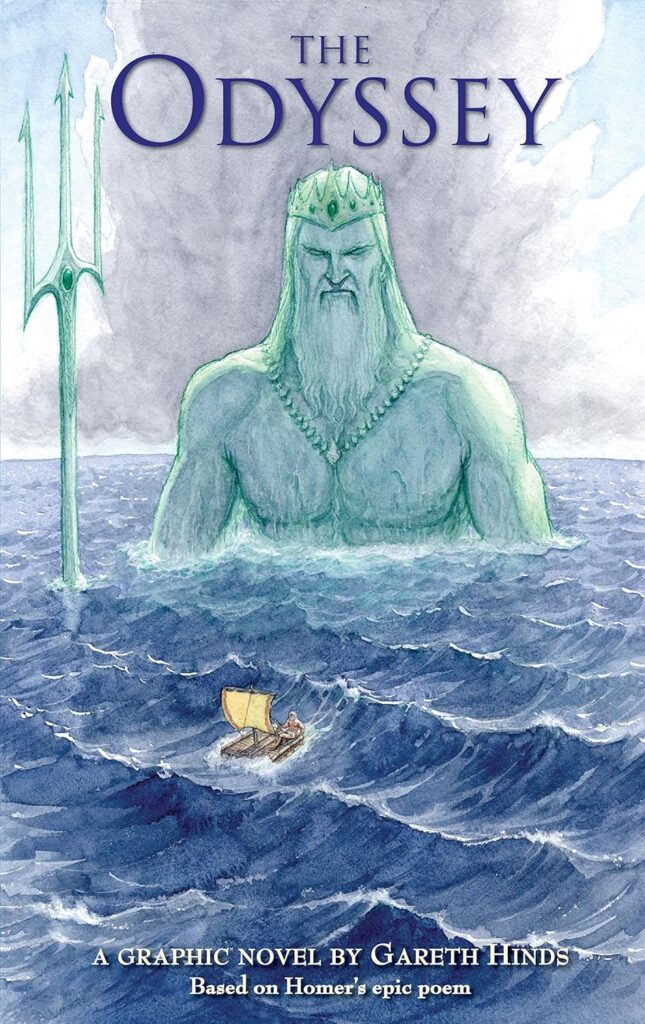Busting Reading Myths
There are so many myths and misconceptions about how, what, and why people read, and so, in this blog, we set out to do a little myth-busting.
Myth #1: Romance is all fluff
Romance books focus on the arc of a romantic relationship and typically feature a happy ending (what librarians call HEA or Happily Ever After). But romance is so much more than just fluffy stories with happy endings! The Romance genre has always been on the cutting edge in terms of exploring identity and connection, allowing readers to experience perspectives beyond their own. For example, Romance (along with Sci-fi/Fantasy) was one of the first to tell us stories of LGBTQ+ relationships.
Myth #2: Nonfiction is boring
A lot of us associate nonfiction with dry textbooks and scientific writing, giving nonfiction a bad rap. And while plenty of people enjoy reading thick tomes filled with science and history, there are other options in the nonfiction genre. Don’t forget that you can take out a cookbook and learn a new recipe, read a biography of your favorite movie star, or check out a travel book and explore. Narrative nonfiction is nonfiction that reads like a great story, transporting you to a wide variety of times and places. Pick up a copy of The Wager and learn about survival on a shipping vessel in 1742, or be transported to New York City’s music scene in Talkin’ Greenwich Village.

Myth #3: Graphic Novels are just superheroes
Graphic novels come in all shapes, sizes, and genres (and do not all feature people running around in spandex). On our graphic novel shelves you can find adaptations of classic literature such as The Odyssey, science fiction, romance, and historical fiction. Graphic novels also adapt real history books, making them easily accessible to different audiences. A nonfiction graphic novel can explore social issues, food, history, science, memoir, and true crime.
Myth #4: Listening to an audiobook isn’t reading

Reading is a different experience for everyone. Some people like to read fast and skim over pages; others will read a sentence three times so that the words truly sink in. Neither of these methods is wrong as long as you enjoy reading and absorbing the information. Listening to an audiobook is an accessible way to read a story if you are unable to see small print, hold a physical book, or simply want to listen while driving or walking your dog. Listening, just like physically reading, improves your vocabulary, critical thinking, and memory. Listening to a story is an immersive experience, especially when the audiobook is well produced. Many audiobooks have a cast of audiobook narrators, famous voice actors who vary their voices according to the character, or even special effects added. For example, None of this is True, by Lisa Jewell, has “podcast” elements that are narrated in a different style than the rest of the text.
Now that we’ve put all the preconceptions and myths away, we can all branch out and try reading something new!


